Interview: Blainey North, Architect / Interior Designer
Post-COVID interiors and why trends are little more than “background noise.”
Post-COVID interiors and why trends are little more than “background noise.”
Blainey North’s surname fits well – the ebullient Sydneysider and enviable multitasker on an upward trajectory like few others.
Architect, interior and industrial designer, entrepreneur, business leader and firm Australian success story, North is a standout, having launched her eponymous studio at 21 and pushed hard to achieve ever since.
It’s meant working across a swathe of differing projects, from luxury Australian residences to hotels (Crown Towers and Metropol but two), megayachts (the 54m Mischief), restaurants (Bistro Guillaume) to the world’s tallest residential tower (New York’s Central Park Tower) and more.
We caught up to talk Bladerunner, ‘Zoom walls’ and gender neutrality in design.
Kanebridge News: So much of your work is framed by a sense of architectural allure – which perhaps isn’t surprising as this was your chosen field of study, right?
Blainey North: Yes, I studied architecture and always approach our projects with an eye focusing on the built elements before I even look at the interior decoration. I believe interiors should be crafted with the walls, ceilings and floors becoming part of the consideration in shaping the idea.
KN: Does having such greatly assist in your design process and also your industrial design work with the various Blainey North Collection pieces?
BN: The rigour in designing a piece of furniture is the same as that of a building, it’s just a set of entirely different problems to solve. I love the freedom of designing the furniture and lighting pieces as they are like beautiful little jewels that I can design without any client in mind. It’s a lovely artistic outlet for me. The latest collection, titled Man and the Machine was inspired by my deep fascination with the city and a bodies movement through it. It was almost an indulgence to be able to think and craft pieces based on a particular area of my interest.
KN: It’s arguably strange that more interior designers don’t produce their own pieces – what do you see as the main barriers to overcome here?
BN: To produce and manufacture something is far more involved than anyone would imagine. The design part is actually only a small fraction of what is required as the process of trial and error in prototyping, finding the right people to build it with you, the cost and the labour are all enormous factors in being able to produce a product of excellent quality. That’s all before you have a sale. I’m incredibly proud of our furniture and lighting collection, however it is a very distinct business to the interiors.
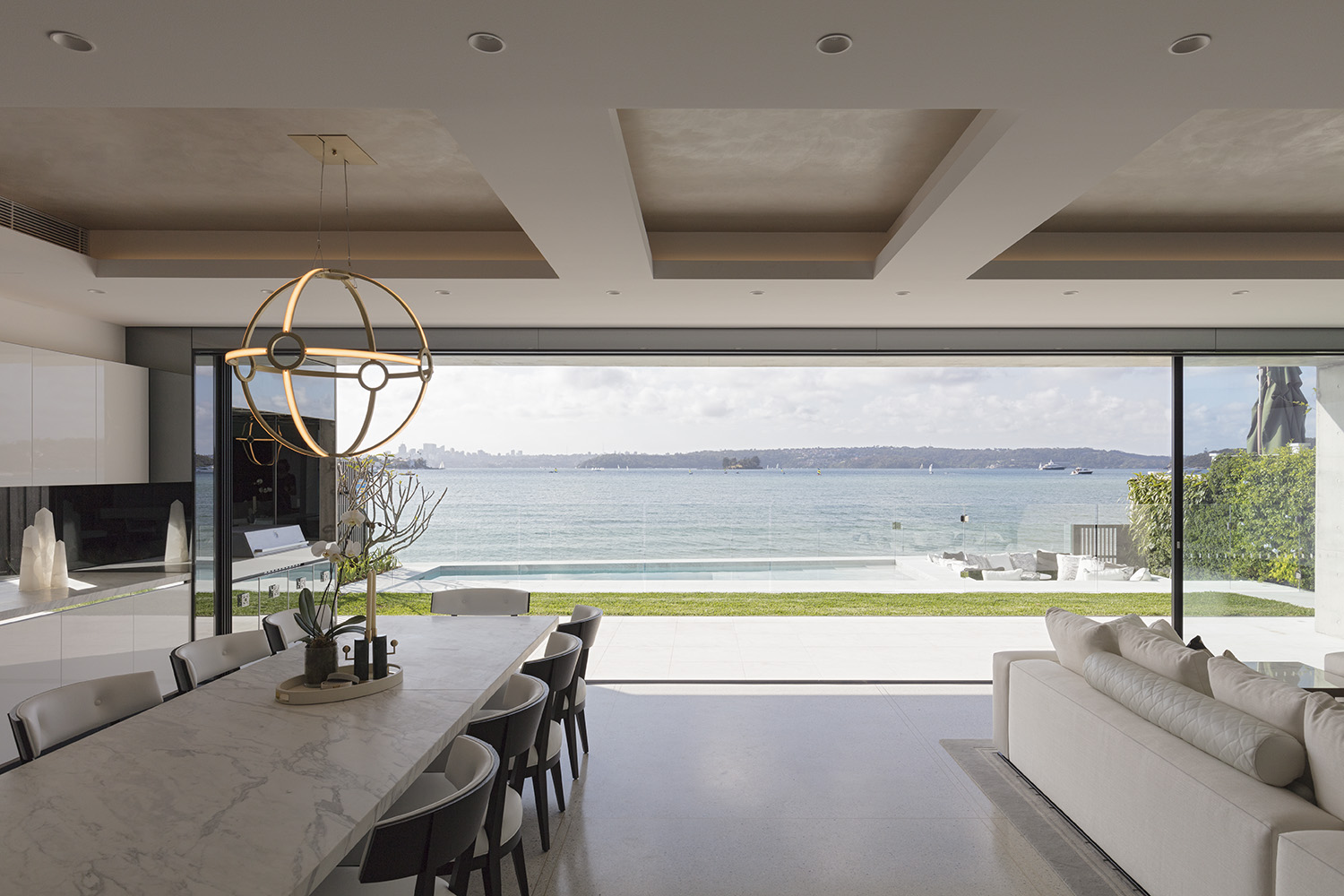
KN: How has COVID impacted or brought change to the way you approach (indeed, clients are wanting you to approach) certain aspects of residential interiors and spaces?
BN: People are again ‘living’ in their homes. By that I mean, they’re entertaining and spending time in and about the house. It’s similar to the1800’s in that respect, and so too there’s a desire for a similar traditional house layout — where the kitchen and the ‘working”’ parts of a house are separated from the entertaining. And so we’re designing homes again with butlers pantries and stand alone kitchens, formal dining rooms, formal lounge areas. It’s a return to the past… Oh, and we’re also being asked to design specific walls for people’s Zoom background, which is quite fun.
KN: Is there a preference when it comes to interiors — in regards to residential over, say, large scale ‘commercial’ efforts?
BN: I absolutely love working at a large scale – there’s a rush about building something that’s so much larger than you. We’re interestingly seeing a trend where homes and apartments are becoming far bigger, in both Australia and the rest of the world. Many of the homes and apartments we’re working on are over 2000sqm internal… Frankly, though, I love all forms of design and select the projects we take on based on whether I feel inspired by the brief and have a nice synergy with the client.
KN: I recall a want to make every project ‘magazine worthy’ — can you explain this philosophy?
BN: Many design firms work on a model of designing a large number of projects with simple design and then take on a few special projects that they put extra time and energy into ( they might make a loss on these). My dream was to create a business where the everyday design process in the studio was so rigorous that every project was a project you were proud to show. It’s been a huge decision as it’s meant that financially you take a long term vision. However, right now, 20 years in, it’s meant we have a large body of work that we can stand behind and have so many repeat clients that we’ve worked with for over 15 years now.
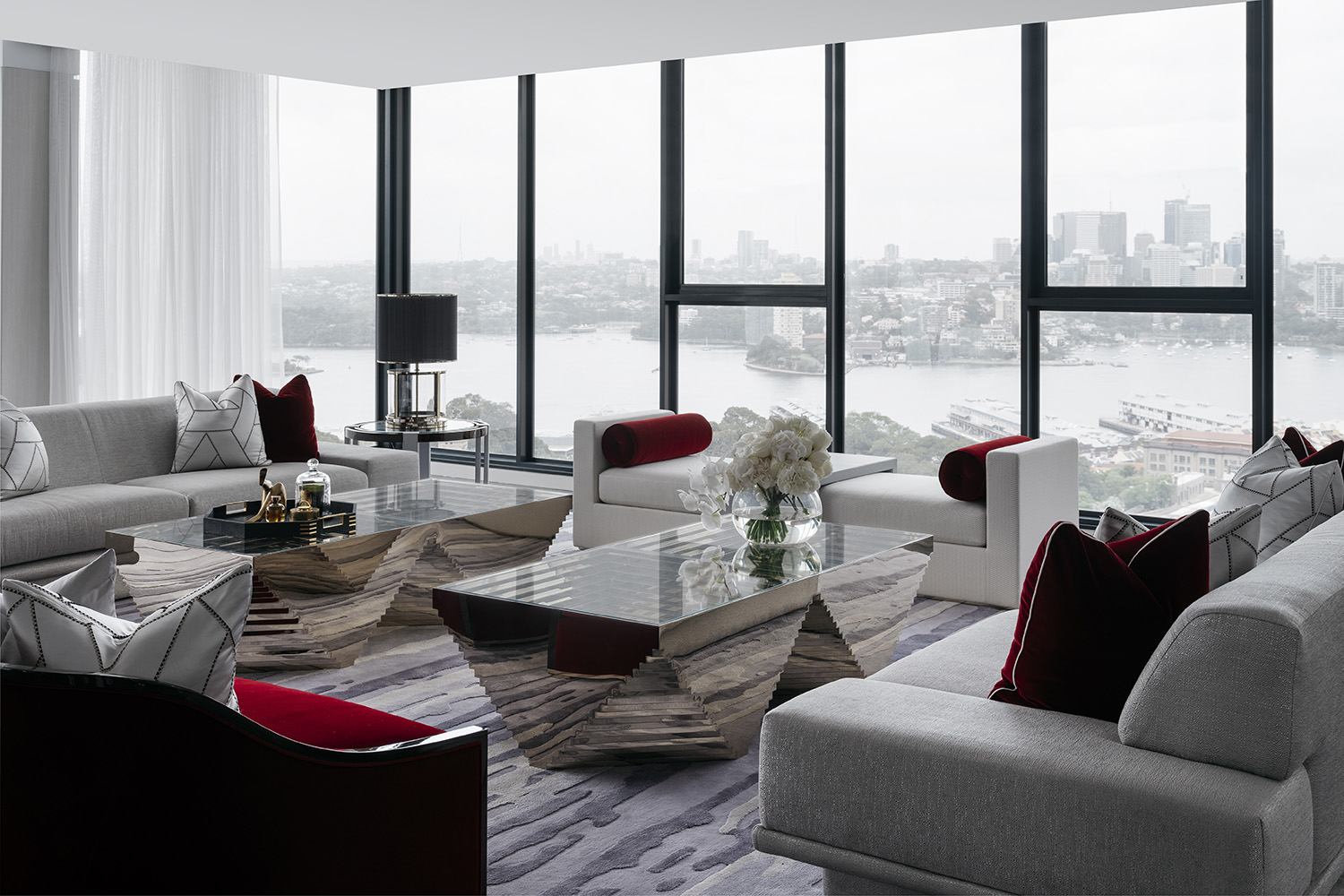
KN: You don’t present, through your work and also on a personal level, as someone who necessarily follows or adheres to trends. Fair to say there’s a Blainey North narrative and that’s your focus?
BN: I do spend a lot of time researching and looking at what is current and new, however I’ve always been a lone wolf. Emulating trends in design is just background noise in my opinion. I believe that original design comes from a different place and a unique process, something we like to work with the client on. I like to think of every project being a grand scale couture dress – it’s designed and made just for you.
KN: If you did have to target some likely design trends to appear this year and across 2022 – what can people expect?
BN: Detail and craft – it’s like the 1920’s all over again. The world is coming out of a period of minimalism and great pain and we’re ready to celebrate again and see beauty in all aspects of our life. I think that will mean that creativity will flourish in all areas of the arts with a specific focus on our interior spaces, the ones we have spent so much of the year inhabiting. It’s an incredibly exciting time to be in my field.
KN: In regards to your aesthetics there’s often a sense of moody and arguable masculinity to some of the work — fair summation?
BN: I’ve always found this idea of gender based aesthetic so curious, I mean, what does it mean to have a male or female aesthetic? If it’s floral and curved should that mean it’s feminine? I can say that I attempt to be original in detail and concept in each of our projects, and bring that rigour to the detail as well. I think it’s that attention to detail and alignment that is similar to the principles of Art Deco.
KN: Where do you find inspiration — is much of it delivered, simply, by the everyday and all that surrounds you in Sydney?
BN: I’m usually researching something in my spare time — for example, I’m currently interested in the direction of Kris Van Assche, the creative director of Berluti. In his latest collection he’s been fusing the art of a particular ceramicist and morphing it into fashion in a way I haven’t seen before. It’s started me thinking about how I might use this same technique and apply it to our architecture and interiors. I’m sure that our next project will have some of this inspiration coming from the art world.
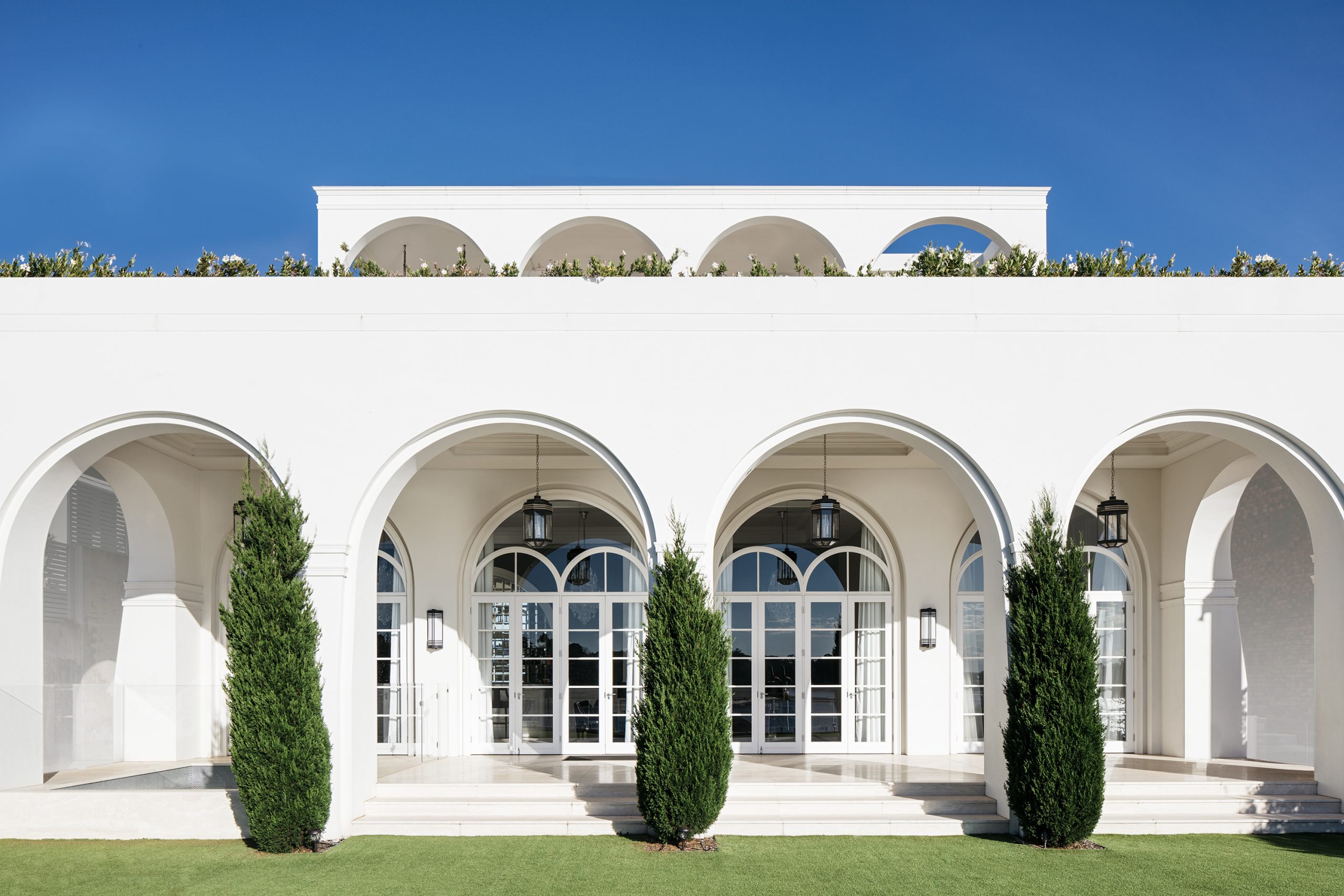
KN: Are Australians — generally speaking — becoming braver and bolder with their approach to interior and architectural design?
BN: I think there is a new appreciation for design as a whole. Australia has now seen that good design might be more expensive in the short term, but it can deliver financially in the long term. That means that the developers are enthusiastic about building good design and understand that can relate to better sales and longevity in the product.
KN: Do you feel international markets are increasingly looking enviously at the contemporary design aesthetics we’ve developed here — especially in relation to open interiors, use of light, airiness and so on?
BN: Absolutely, we have such a unique set of criteria here with intense light and an amazing climate, we’ve developed amazing solutions to the indoor/ outdoor transition.
KN: Crown Spa Sydney is a recent project of yours – can you talk us through the concept here and what you were wanting to achieve. And your take on the Chris Wilkinson-designed building itself, from an architectural standpoint?
BN: We wanted the spa to feel like the moment you start drifting off to sleep, that space between sleeping and waking where your peripheral vision blurs. I think that’s one of the most beautiful and relaxing moments in a day, when the mind stops before it goes into a dream state. The design is full of curves and semi transparent walls of resin that you slip around. We worked with Hayden Cox, the famous Sydney surfboard shaper to create these unusual tables and benches in organic surfboard like shapes. It’s lovely as it feels incredibly relaxing but also somewhat unusual — a space which flows and you can’t quite put your finger on.
As for the buildng, it’s our greatest piece of architecture second only to the Sydney Opera House. It was an incredible feat to be able to build a tower which is twisting in three directions. There isn’t a straight wall on the whole façade which meant it was a challenging project for all the team involved. The documentation required complex spacial thinking and resolution. I’m so proud to have worked on the project — it’s rare that such an architectural vision is executed at this level of quality.
KN: What are your other artistic pursuits beyond design?
BN: One could argue I’ve made an art out of dining out. However I do spend time going to galleries and I’m a patron of the Sydney Film Festival. I really love film and find film sets of great inspiration for our work. In fact, one of our designs had wall panels inspired by the set of the movie Bladerunner.
KN: Name three timeless pieces every home needs and a simple sentence as to why?
BN:
KN: What projects are exciting you most in regards to the year ahead — those which you can discuss?
BN: We are so excited to be finishing the apartments in Central Park Tower, the tallest residential tower in the world and which is on Central Park in Manhattan. It’s been an amazing challenge to build during Covid, however, we’ve created some amazing new systems to work with our clients and offices internationally. We’re presenting more and more in virtual reality, where I can walk the client and the team through the design in real time on the computer.
Miles from home and in lockdown with family, the designer took inspiration for his new sofa from an unlikely source
While the rest of the world was hunkering down in 2020 as the reality of COVID set in, Gabriel Tan was moving house — halfway around the world.
The Singaporean designer and his heavily pregnant wife Cherie Er relocated with their five-year-old son to Porto, on the coast of Portugal. It was a bold move given Tan had an established studio in Singapore, but the couple decided it was worth the risk to be in the heart of the design centres in Europe and the US.
“It was difficult because we had a good business in Singapore and my wife had a really good job — she was running the Asia Pacific sales for Credit Suisse,” he says. “We threw everything in the basket and moved to Portugal.
“We decided that this design business has to work.”
For more stories like this, order your copy of Kanebridge Quarterly magazine here.
By the time Tan, who decided on a career in design while doing his national service in the navy, left for Portugal, he was already a name in Singapore and Japan, first with Outofstock, which he started with two friends, then his own studio before working with Japanese brand Ariake.
“I met them when they were still doing contract manufacturing and they were a local brand that wasn’t even known in Tokyo,” he says. “Originally the plan was just for me to design a few products for them. I told them that’s not going to move the needle for them if you are just going to add my products to your current collection so I suggested something more ambitious.
“I kind of appointed myself as the creative director.”
Origin story
The experience with Ariake spurred Tan onto build his own brand, Origin Made, designing products and taking on interior design projects, but he was keen to continue to extend himself.
Over time, living and working in a country of 5.5 million people was beginning to feel limiting.
With more of his time and attention being directed towards brands in Italy, Scandinavia and the United States, it made sense for Tan to make a permanent move to a location with easier access to Europe as well as North America. It was also an opportunity for a fresh start in design terms.
“I felt I was getting pigeon holed a little bit before COVID because people felt my work was very minimalist Japanese/Scandinavian, but it was because I was designing for Japanese clients,” he says. “When you work with a company, it is 50 percent them and 50 percent you. You bring part of yourself but at the same time, you can’t ignore the brand, their culture and their customers.”
Life in lockdown
Like much of the rest of the world, Portugal was in lockdown when Tan and Er arrived and their rental accommodation was not entirely comfortable for the family. As some work dried up in Singapore, Tan found himself with time to think.
“We were spending a lot of time in front of the TV and we were all wishing we had a more comfortable couch in our apartment,” he says.
“I was still waiting for my home to be finished construction so we were in a very uncomfortable spot.
“I really prioritised comfort when I was designing this sofa so I really went for it and tried to think ‘what is the craziest, most comfortable form we could get’.”
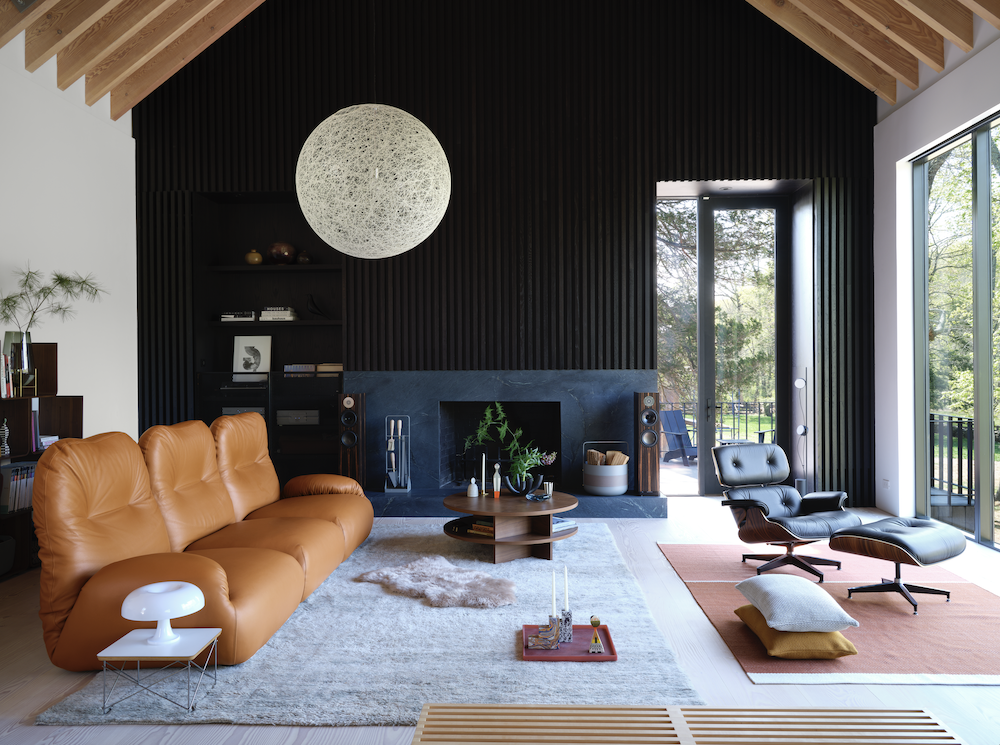
The sofa is the Luva (Portuguese for glove), a modular design taking its inspiration from Japanese futon beds and western boxing gloves. The backrest has the ability to extend for full lounging or to fold down to create a ‘fist’ for more support. It’s a deliberate attempt at cross cultural pollination.
“You have the eastern influence of the futon and the western sport of boxing and I tried to get an aesthetic that different cultures would be familiar with whether they are from Asia, Europe or the US,” he says. “You will find this shape is familiar to you and you will be naturally drawn to it.”
Build your own
While the lounge is in keeping with a contemporary aesthetic and comfort levels, it also embodies the practicality that is an integral part of Tan’s approach. Each piece is available individually, allowing the user to ‘build’ the lounge to suit their needs, whether they live in a large house or a small apartment.
“I have lived in apartments all my life,” he says. “You can see how narrow the stairwells can be, and you have to carry the sofa up.
“Whenever we are doing interior design for clients we know the consideration when you’re buying a sofa. If it’s modular, if you can get it through doorways and narrow hallways, it’s going to be much easier to convince the client to buy.”
It’s also a design that the user can add to over time, extending the usefulness and longevity of the sofa. Tan took it to product design director at Herman Miller, Noah Schwarz, who was quick to recognise its applications.
“He would often ask what I was working on so I showed him this sofa and immediately he was like ‘this could be something for us’,” says Tan.
“He thought it might be something for the MillerKnoll group but which brand he couldn’t tell yet.
“But he said ‘definitely don’t show it to other people’.”
The Luva has since been joined by the Cyclade tables, a trio of coffee and occasional tables designed to work equally well together or singularly. Other collaborations have followed, including work with major European brands such as B+B Italia, Menu, Abstracta and Design Within Reach while still maintaining his Singaporean office.
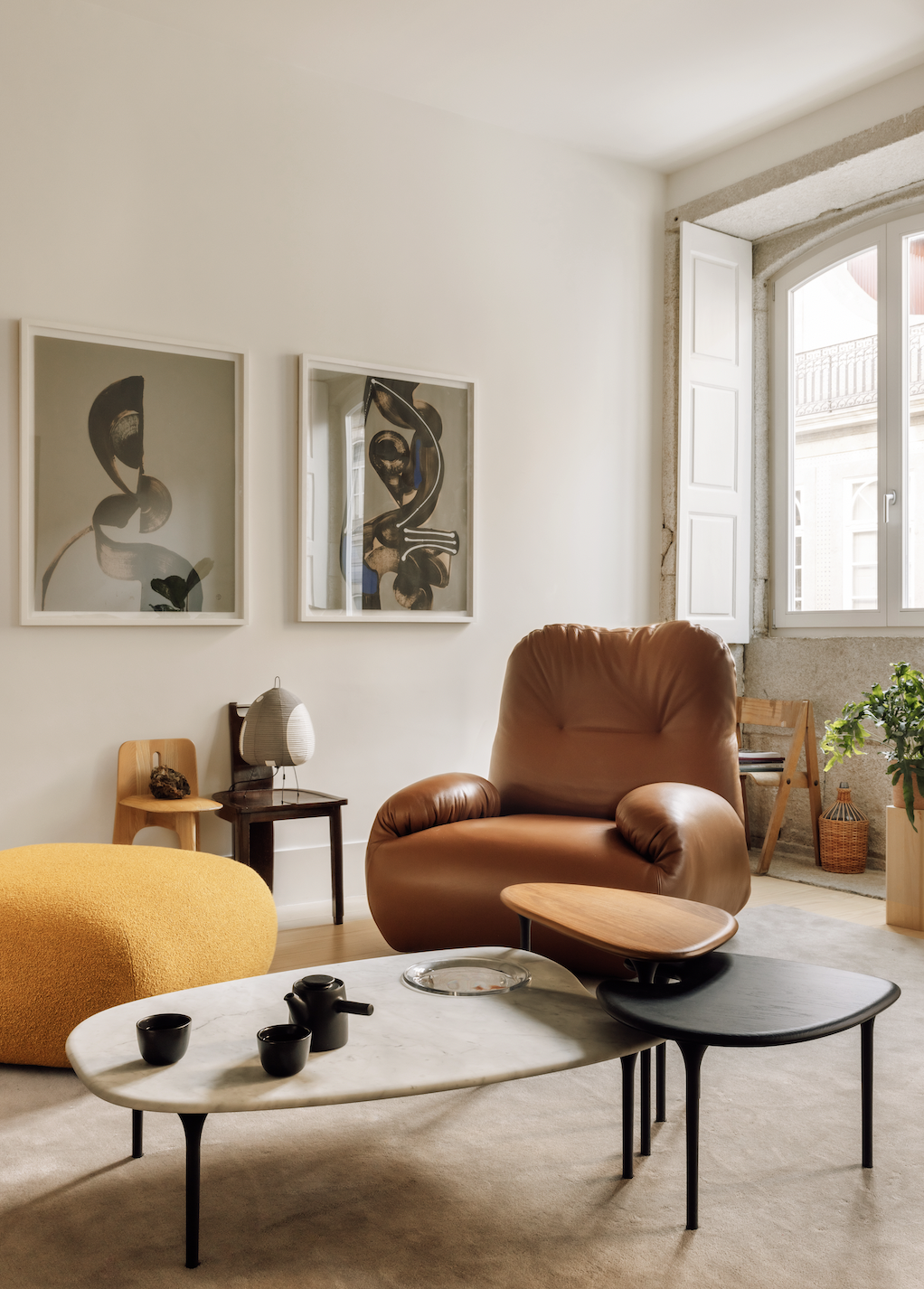
Cutting down travel times has meant more time on the ground.
“Here I travel quite a lot to meet with different companies I am working with and that helps because to me these distances are super short,” he says. “For designers living in Europe they might not want to go to Denmark because it’s a 3.5 hour flight but to me, even if I have to transit, five hours is no problem.”
Leap of faith
Although the move to Europe was risky, Tan has no regrets. While he admits his Portuguese is still a work in progress, his two sons (Er delivered a baby boy not long after arriving in Portugal) are quickly learning the language and the family has now moved into a traditional townhouse, which Tan has renovated, and where their office is based.
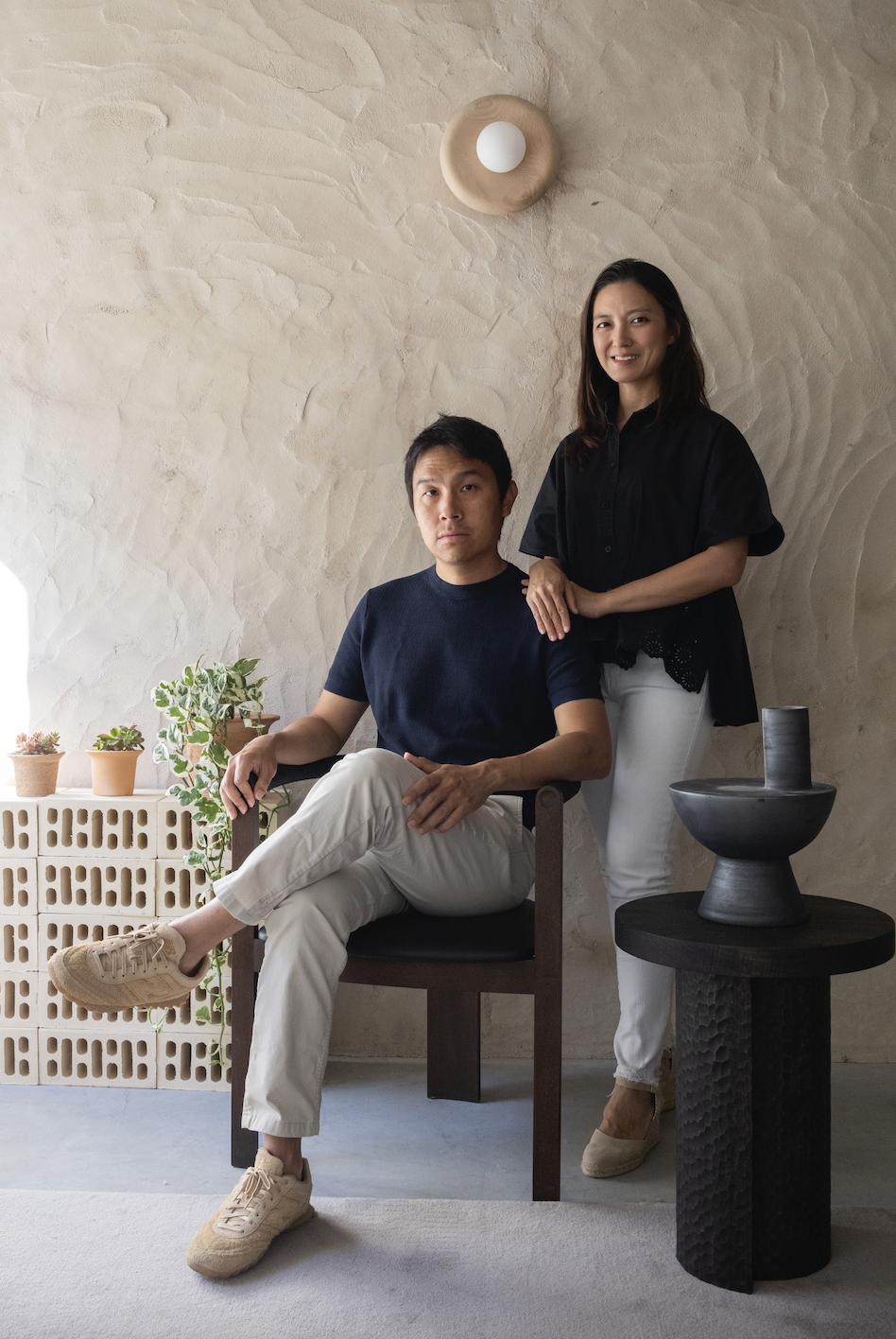
Being in the heart of Europe has opened up a world of opportunity for Tan that has been both invigorating and challenging.
“I am designing for companies of different countries and I get to learn more about other ways of life and how people from other countries see design and see their homes and their spaces and how people do business in different parts of the world,” he says. “Coming from Singapore, it can be very stifling because it is so small. It’s really such a joy to experience these different cultures through design collaborations.”
Moving away from family and friends was a leap of faith but it gave him the push he needed. For a designer whose work is all about comfort, he is not one taking the safe path and staying home.
“It’s a good business model for revenue but you are not going to leave a mark on design history, you are not going to touch the lives of that many people if you are working with regional brands,” he says. “I really wanted to work with the international brands that have the reach with customers worldwide and I think if I hadn’t moved I would not have had that clarity of mind and that focus to really go for it.”
Article originally published on Kanebridge News Australia